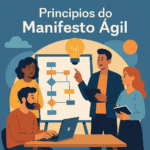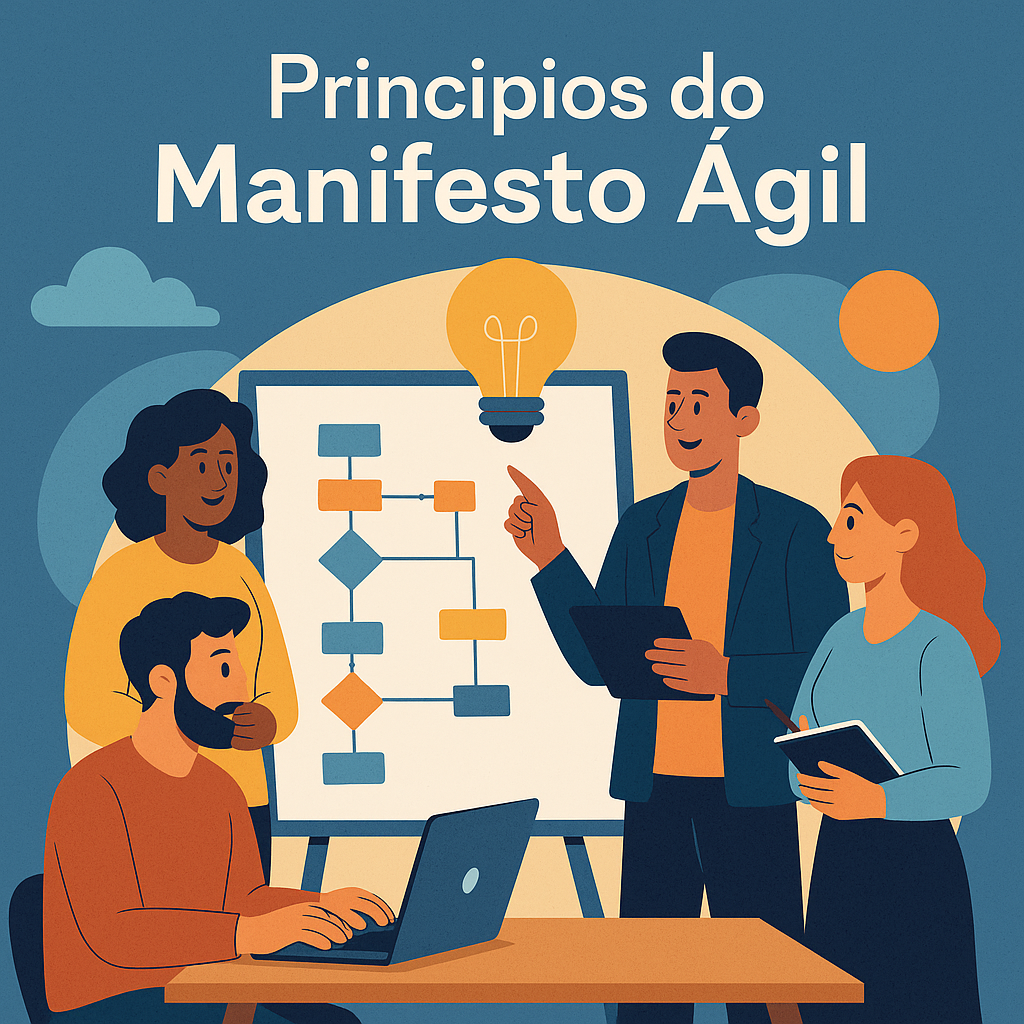Imagine entering a museum and being transported, almost instantly, to the digital ruins of Pompeii (Italy), to the Imperial Museum at Quinta da Boa Vista during the Brazilian Empire, or to any other historical site that no longer resembles what it once was in its prime. With the aid of a virtual reality headset or inside a Digital Cave, we are no longer merely observing static objects in display cases; we are walking among them, hearing their stories, touching their walls — even if only with our eyes.
This is the sensory revolution that emerging technologies are fostering in the field of historical and cultural heritage preservation. That is why, in recent months, I have been developing a framework focused on promoting Agile Management, Inclusion and Digital Autonomy in research, and Information Systems Technologies dedicated to the preservation of historical and cultural heritage. Its name is GaiaDigital.
Virtual Reality (VR) enables us to recreate — using information and knowledge extracted from historical records, collective memory, and traditional know-how — spaces and environments lost to time. It’s no longer about imagining what a vanished palace might have looked like, but about visiting it. Museums around the world are already adopting VR as a strategy to access unreachable places, simulate ruins before their destruction, and bring the public closer to complex historical contexts.
In GaiaDigital, this immersion is applied to the digital reconstruction of historical environments, such as the former residence of Dom Pedro II, with the goal of fostering new forms of experience and sensory learning.
If VR takes us into the past, Augmented Reality (AR) brings the past into the present. Through a smartphone or tablet, visitors can point at a physical object and see an informational layer appear over it: 3D reconstructions, animations of everyday use, interactive translations.
It is a way of recovering fragmented memories and reactivating meaning.
Adding strength to these captivating interfaces is Artificial Intelligence (AI) — organizing, classifying, interpreting, and even predicting the deterioration of collections. AI algorithms are now capable of:
- Analyzing digitized historical documents, identifying patterns across thousands of pages;
- Supporting the automatic curation of digital exhibitions;
- Personalizing the visitor experience, offering content guided by interest profiles.
In most research and cultural heritage preservation projects, AI is used to automate the processing of large volumes of textual and visual data, facilitating the preservation and critical reuse of information for research, education, and community engagement.
Ultimately, what is at stake is how we want to tell and live our stories. The ethical incorporation of these technologies makes it possible to break away from exclusionary museological models, fostering interaction, autonomy, and qualified access.
Artificial Intelligence is also a key tool in guiding how to proceed at specific moments when researchers and developers need support to achieve the expected outcome. This does not mean that what we are developing today in the universe of digital twins and reconstructions would be entirely impossible without such tools, but indeed, it would be unfeasible or would take an incalculable amount of time to reach results that now take only a few weeks or months. That is why the most recent technologies should, whenever possible, be at the service of memory, social justice, and heritage education.
References
- Dias, M. S., & Cuperschmid, A. R. M. (2022). Realidade Virtual e Aumentada para Difusão do Patrimônio Arquitetônico. ResearchGate.
- Consoni, G. B., Martins, P. E. R., & Japur, L. M. D. (2020). Realidade Aumentada Aplicada ao Patrimônio Histórico-Arquitetônico: Projeto de Aplicativo para Visualização dos Prédios Históricos da UFRGS. Revista do IHGRGS.
- Anunciação, S. (2024). Inteligência Artificial pode ajudar na preservação do patrimônio cultural. Jornal da Unicamp.
- Ibrahim, M. (2024). AI in Art and Cultural Heritage Conservation. Ultralytics.
- VIA Estação Conhecimento. (2021). Um resgate do patrimônio cultural através da tecnologia. VIA UFSC.










